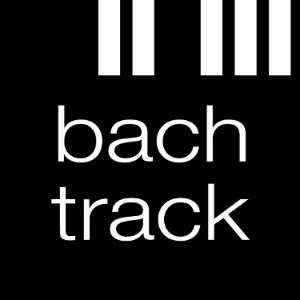Known for skirt-twirling, foot-stamping and castanets, Flamenco is one of the oldest dance forms still being performed with worldwide recognition today. Declared in 2010 as one of UNESCO's Masterpieces of the Oral and Intangible Heritage of Humanity, Flamenco is now a safeguarded art form. In fact, Flamenco is alive and kicking all around the world, with internationally renowned performers traveling far and wide to stun audiences with their skill.
Originally, it wasn't all about the dance. Although today, dance is the first thing that comes to mind when we think of Flamenco, the hierarchy which exists within the art form dictates that Cante (song) is the most important, and the three other elements follow. Rosamaria's article on the Andalusian origins of Flamenco is a great introduction to how Flamenco has developed from its Jewish, Moorish, Spanish and Roma roots.
In recent years, a new tradition has developed: Flamenco festivals have begun cropping up across Europe and the United States, drawing in performers and audiences alike. We'll be catching up with seasoned performer Eva Yerbabuena, who has performed at the London Flamenco Festival in previous years, and will be performing at Jerez Flamenco Festival later this month, to discuss the atmosphere at her favourite festival.
The 11th London Flamenco Festival, organized by Sadler's Wells Theatre, welcomes some of the best Flamenco dancers and artists to the British capital in March 2014. Ahead of their performances at this year's festival, we interview Ángel Múñoz about his piece Ángel, from Black to White, and Bélen Maya about her unique style of Contemporary Flamenco.
Across the pond, Karensa DeMars is one of many artists exploring the possibilities of fusion between flamenco and other dance traditions from North Africa and the Middle East. Carla Escoda catches up with DeMars about San Francisco's fusion flamenco scene.
Flamenco is also being integrated into multi-disciplinary productions – several recent touring productions, reviewed in London, have featured a Flamenco theme. Compagnie 111's What's Become of You? and Gecko Theatre's Missing, are both examples of Flamenco within the context of dance-theatre productions. And don't forget Opera Phila's Ainadamar, starring Compañia Antonio Gades as a Greek chorus to this Opera.
We'll be publishing more throughout the month, so keep your eyes peeled.
Read on
- The Andalusian Origins of Flamenco
- Compagnie 111's What's Become of You
- Gecko Theatre's Missing
- Instituto Andaluz del Flamenco at New York City Centre
- Romances at London Flamenco Festival 2013
- La Curva at London Flamenco Festival 2013
- Modern Flamenco from La Otra Orilla in Montréal 2013
- Karensa DeMars on fusion Flamenco in San Francisco
- Exploring extremes of Flamenco: in conversation with Ángel Múñoz
- Contemporary Flamenco: in conversation with Belén Maya
- Flamenco festivals: in conversation with Eva Yerbabuena
- Opera Phila’s Ainadamar starring Compañia Antonio Gades


